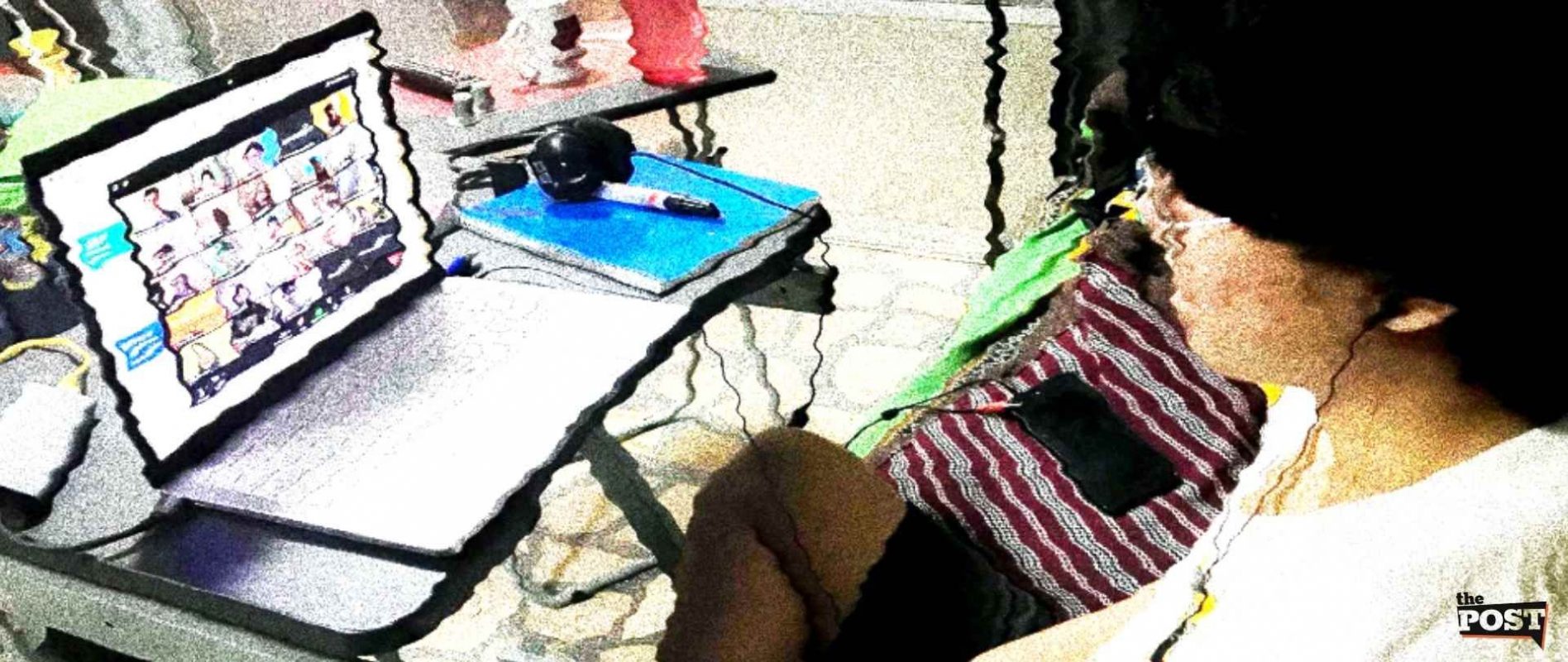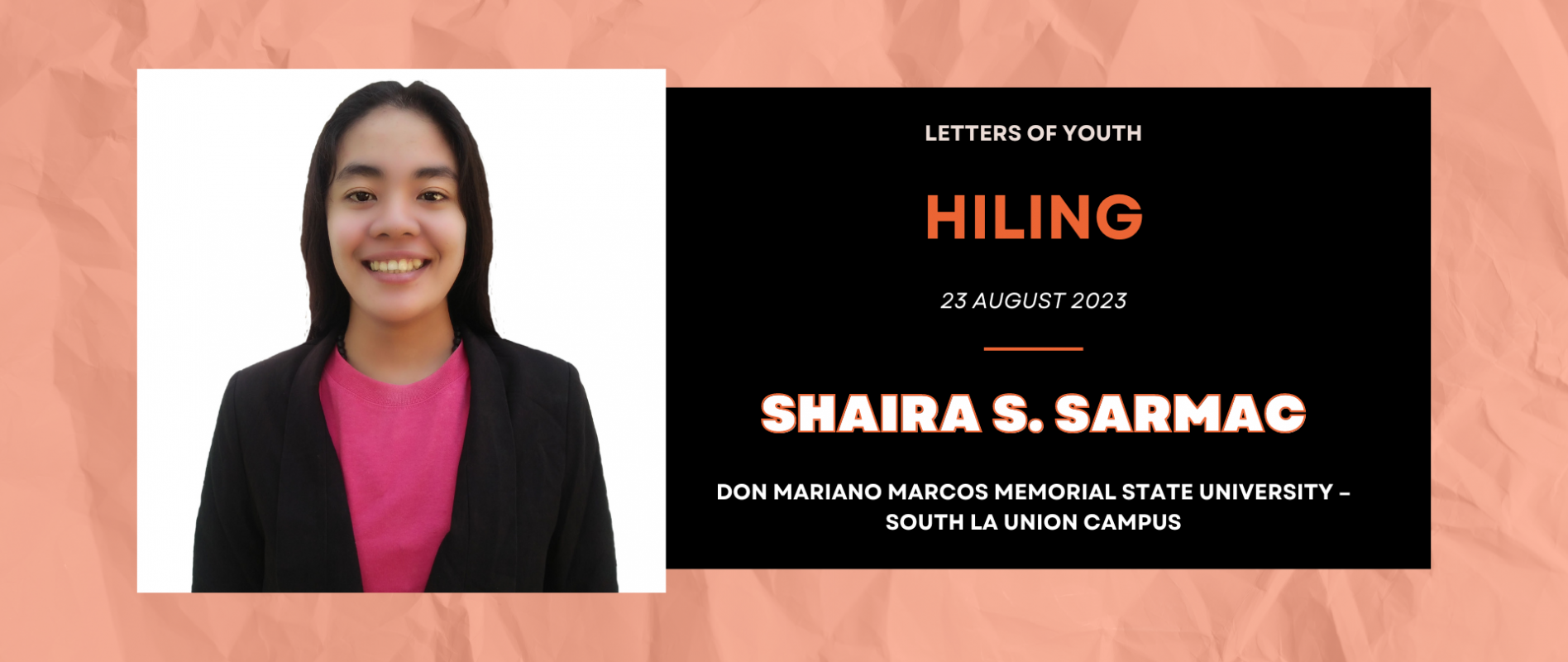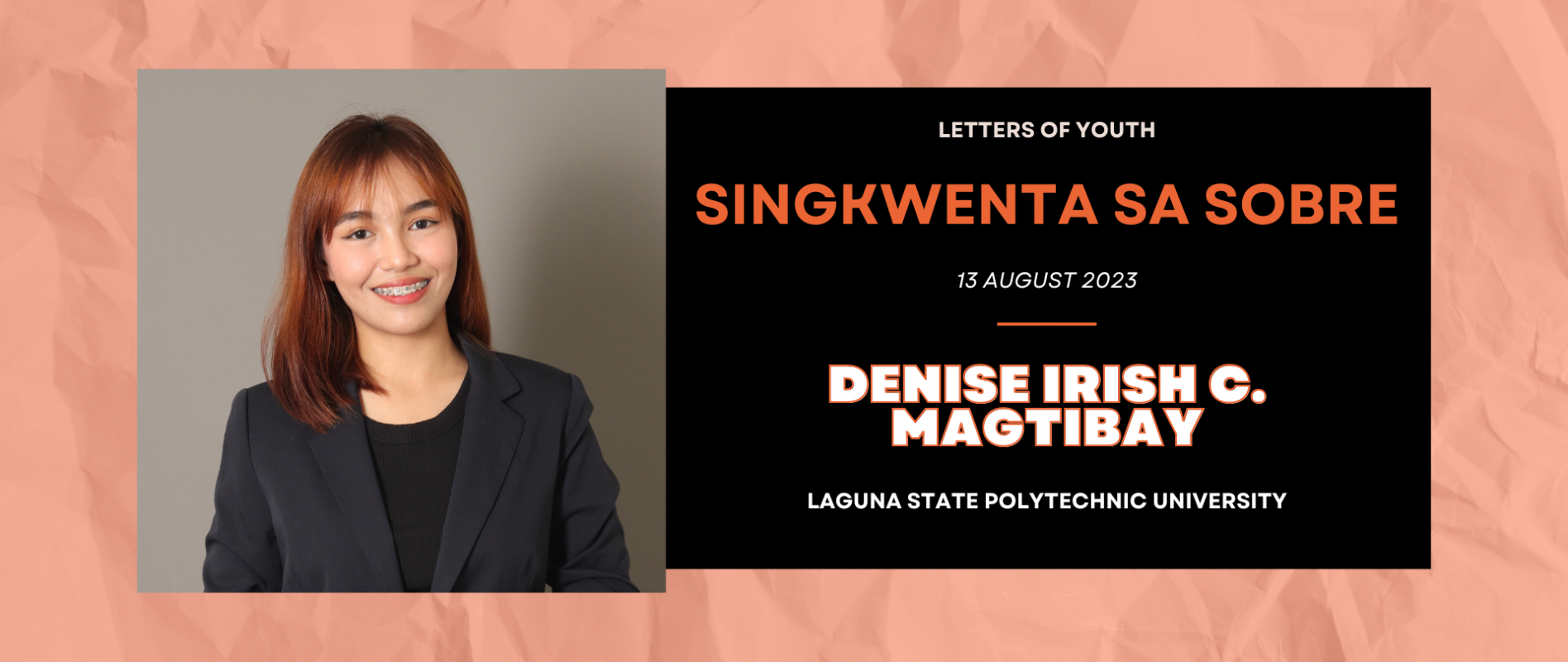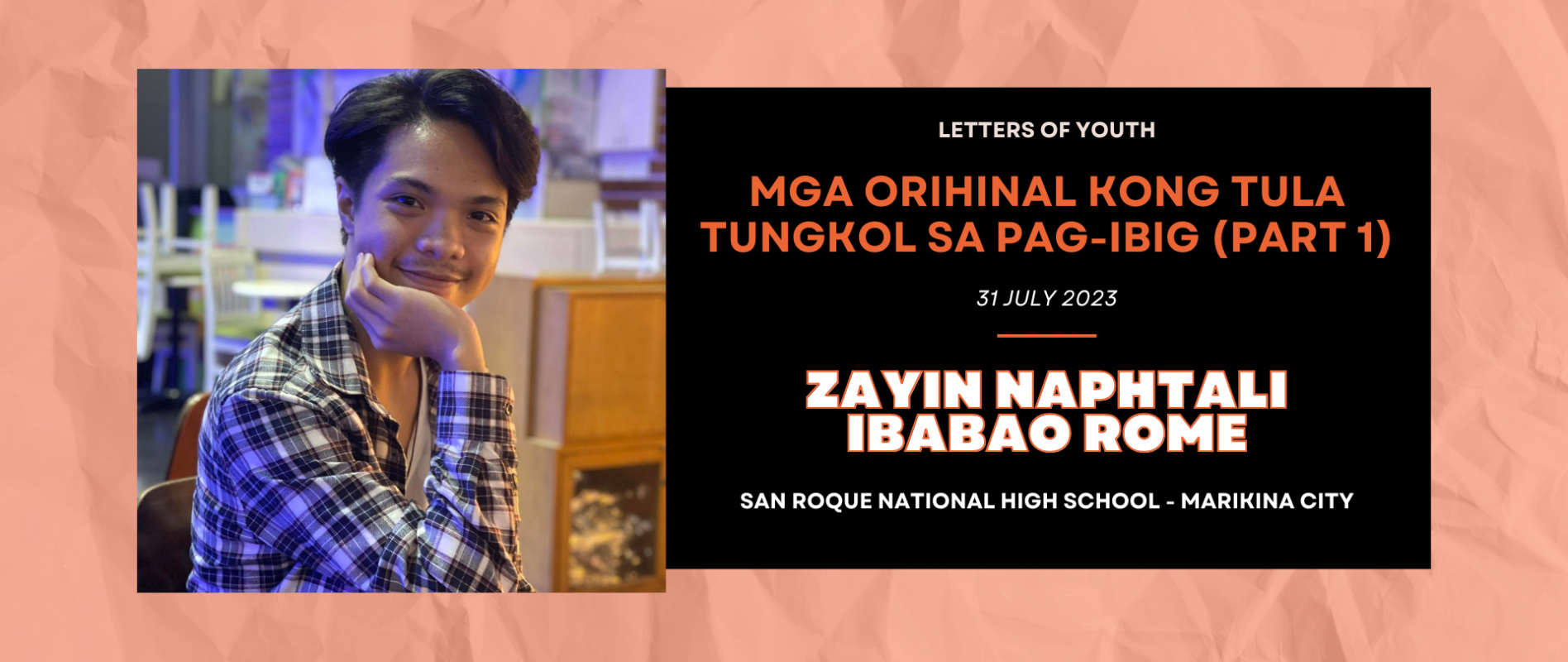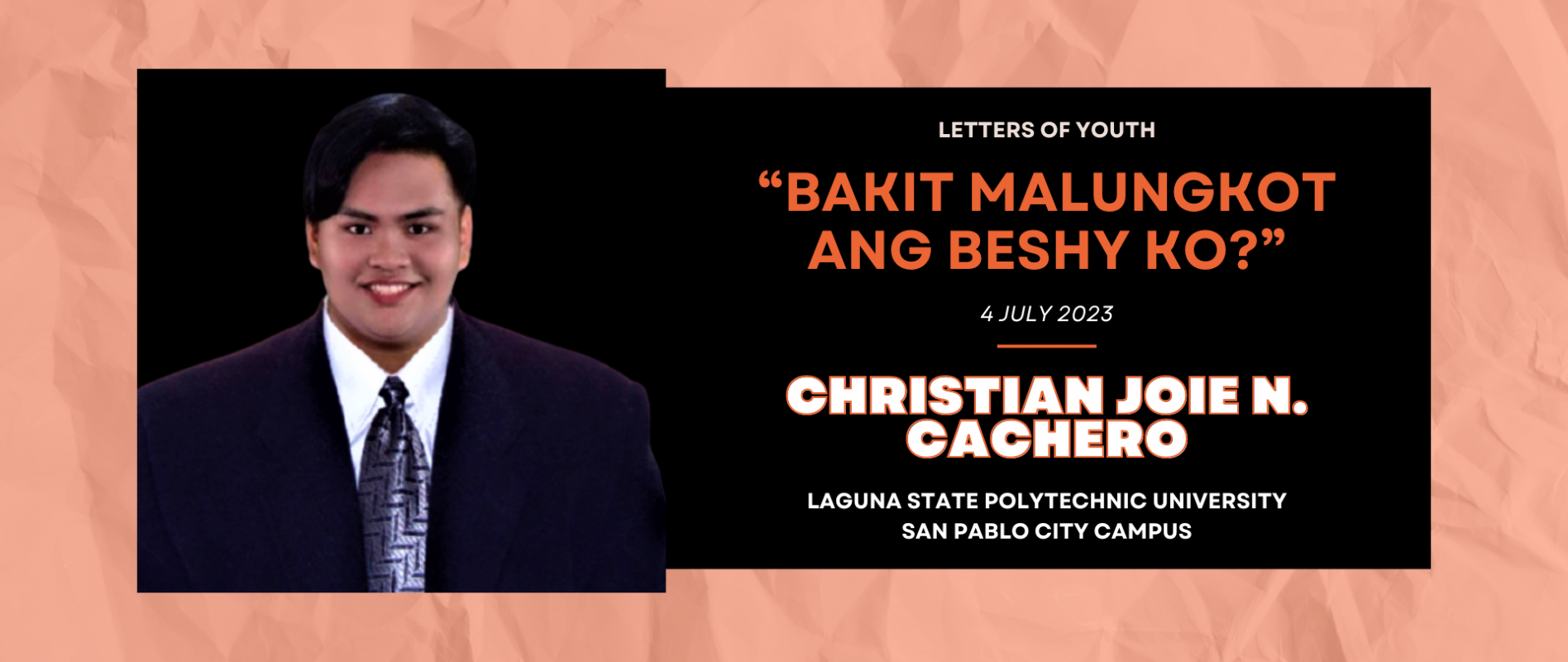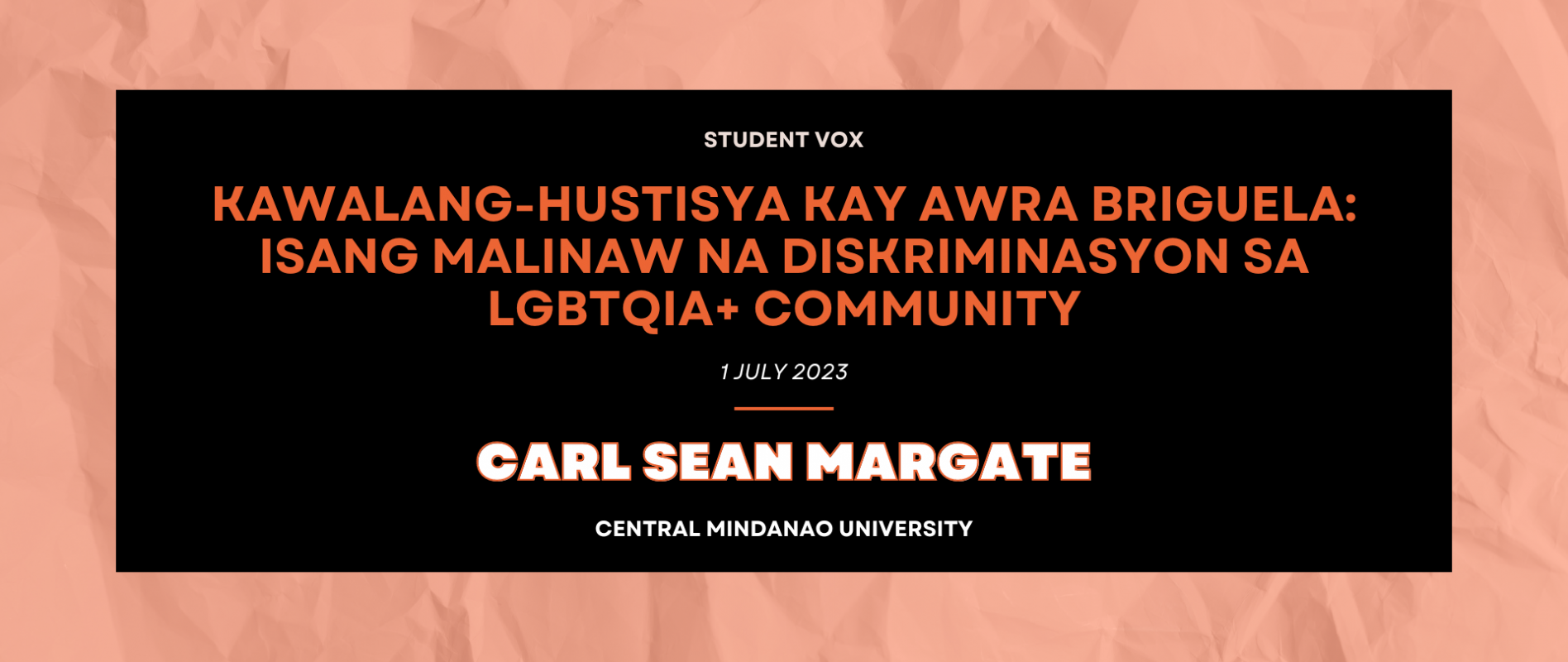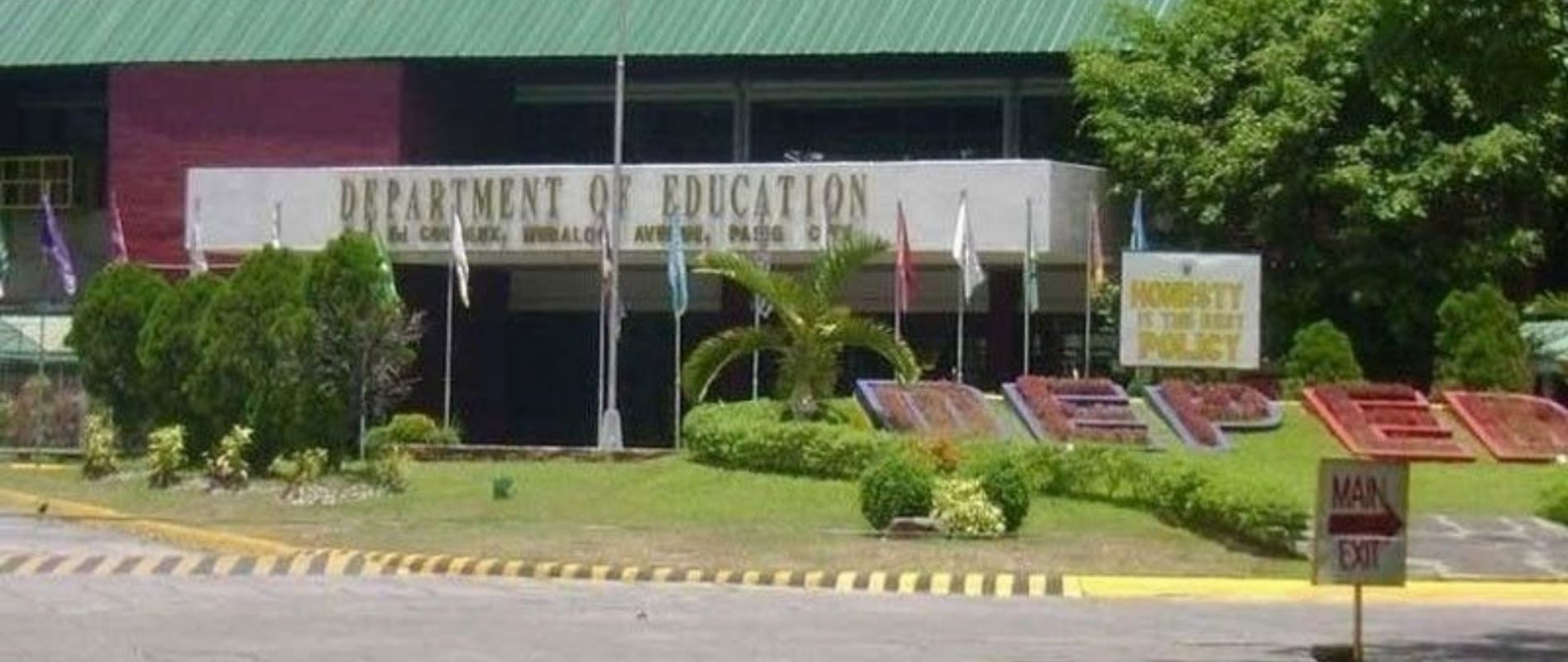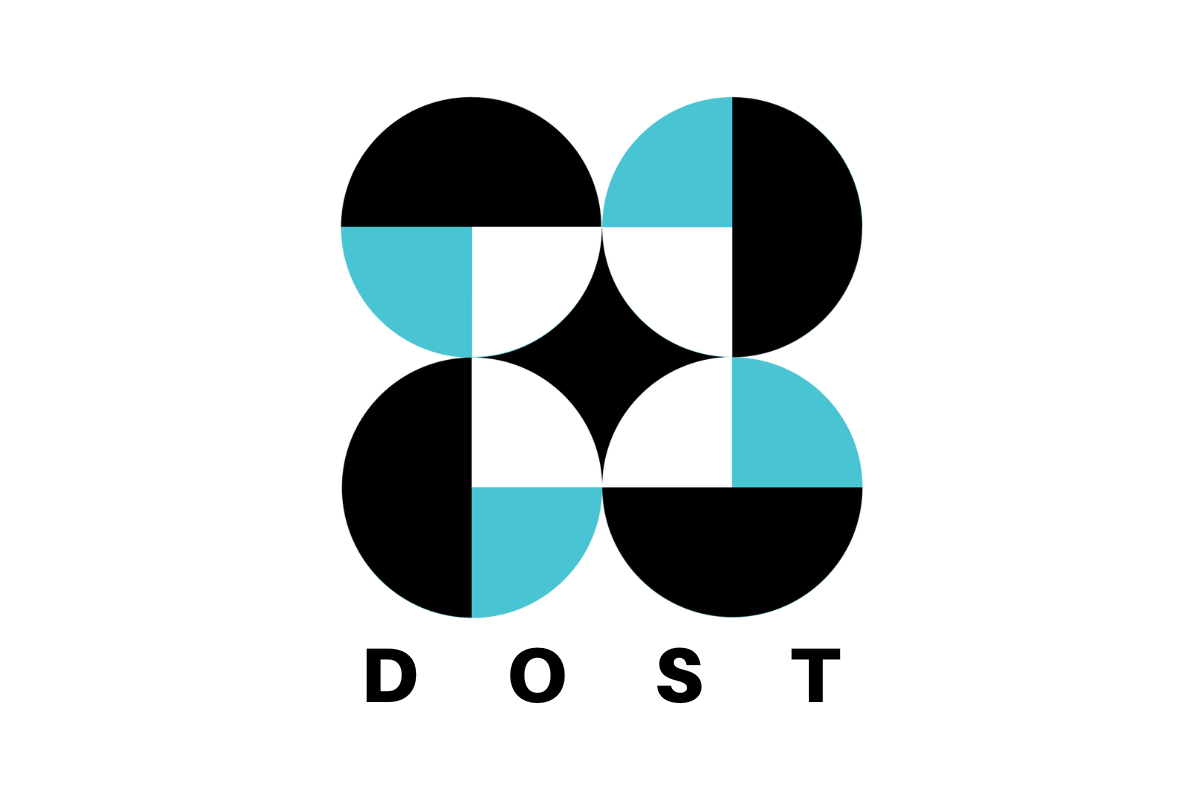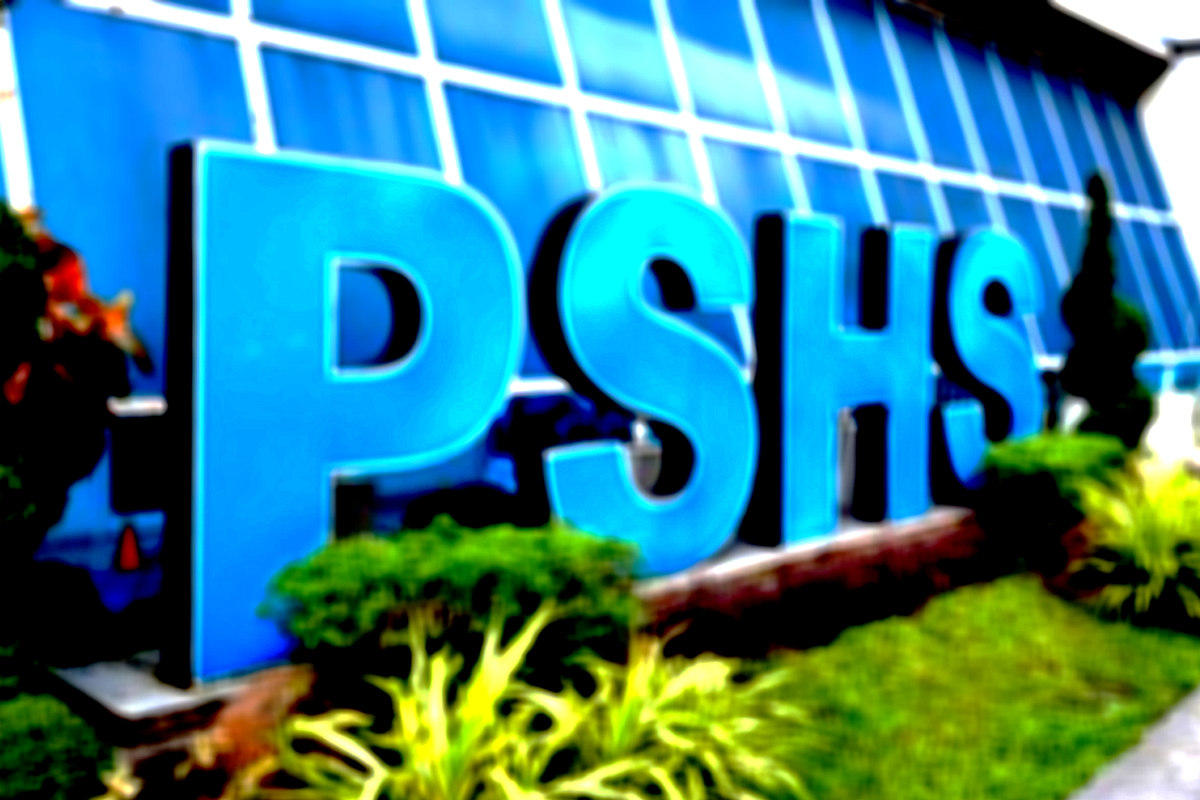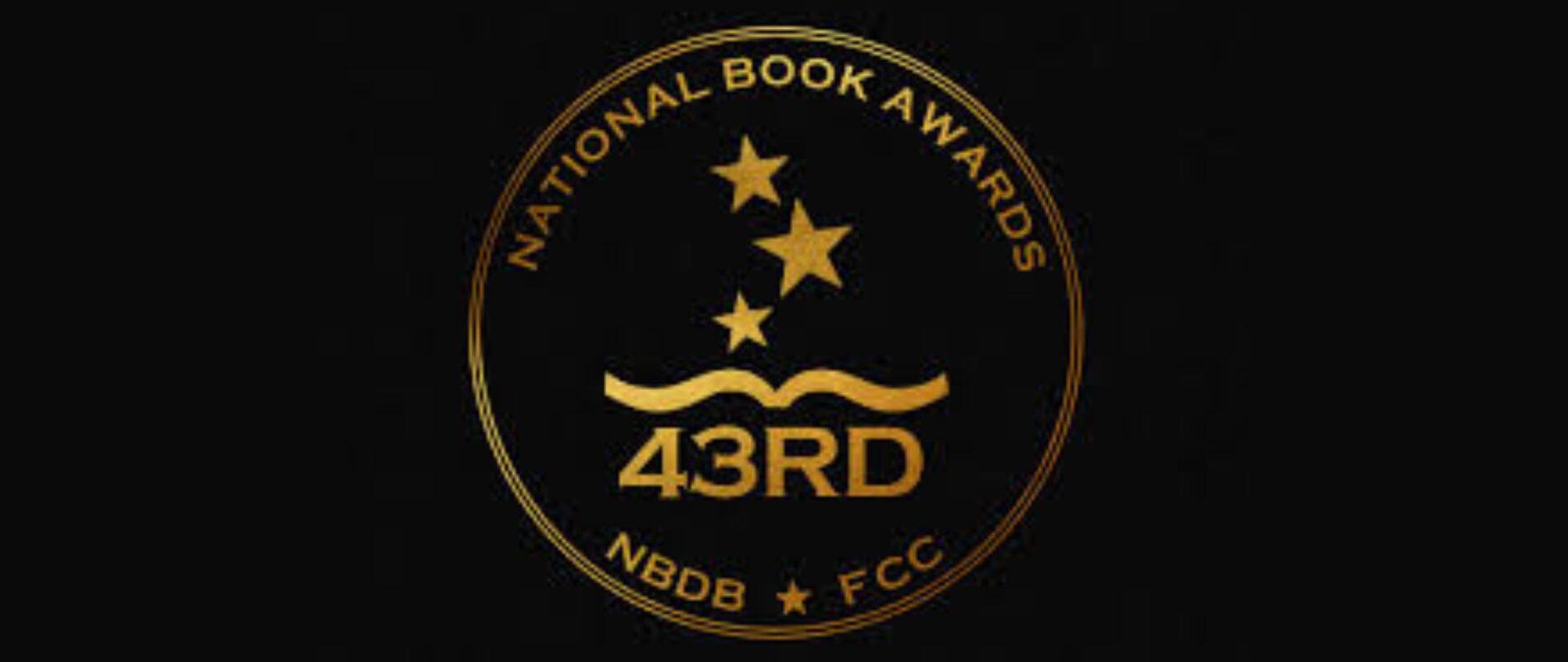NO HARMONY IN BLENDED LEARNING
The Department of Education (DepED) has insisted that despite the COVID-19 pandemic, learning should not stop and no student will be left behind. The education sector felt the biggest impact of the pandemic as academic and school years were prematurely concluded with graduation and moving up rites cancelled. Other rites of passage that were traditionally festive were also rescheduled or totally abandoned.
Doubts as to whether or not holding of the next school year is feasible have swirled since April with different education advocates even calling for an academic freeze. Yet, in spite of the unusual and unprecedented circumstances, it appears that the DepEd is unfazed. In fact, it has been firm to reopen classes this 24th of August despite opposition from various social sectors, more importantly, from the parents and students themselves.
The agency has previously announced a hybrid learning environment called blended learning. This is a combination of online distance learning and in-person delivery of learning materials to the homes of the learners. Among the modes included in blended learning is learning through modules, holding of online classes, a combination of modular and online classes, and if possible, the traditional way of face to face classes, albeit in a limited capacity. The DepEd secretary announced that blended learning is not new in the Philippines as the University of the Philippines has been using such a learning model for years now. The DepEd’s confidence is even bolstered by the result of its online survey that the majority of public school teachers and pupils have laptops or desktops at home. While it may be true that a state university has been offering blended learning for some time, there is no denying that to mandatorily implement the program at a macro level is new, not only for the students, teachers and parents but for every single Filipino, making its effectiveness doubtful at best, especially in the middle of a health crisis and critically, when racing against time.
Moreover, that most of public school teachers and pupils have available gadgets for online learning is not a manifestation that the transition to massive scale virtual learning can be effectively done in the nation’s current situation. Connectivity issues which hounds the Philippines even before the pandemic existed need to be fixed— and these need to be fixed fast to make this learning modal possible. In a 2020 report made by the UK-based The Economist Intelligence Unit (EIU), “Philippines is among Asia’s weaker countries in advancing internet inclusion, ranking 19th out of 26 nations in the region. Affordability levels of smartphones and mobile data are low in the global context, and mobile users are burdened by relatively slow download and upload speeds.”
Another facet of blended learning is the modular mode where materials will be delivered to the homes of the students in lieu of usual face to face learning. In this mode, the students will be provided with learning materials and be guided primarily by their parents. This sounds ideal and even traditional, reminiscent of the times when parents helped their children finish their homework or guide them in hard-to-understand lessons. However, with the changes in the lessons and priorities of parents shifting to keep the family afloat, it already puts the students’ learning situation in jeopardy. As sad as it sounds, parents are not professionally trained to make sure that the learning modules will be properly taught. Their knowledge may be limited and their capacity to teach is restricted. Not to mention the reality that parents’ focus in times of this crisis is to make sure that there is food on the table. This is on top of the reality that there are parents in rural and in urban poor areas who do not have even the basic reading and writing skills, casting serious doubts on how they will fit in this hybrid learning environment. Given the short period, teachers are working doubly hard to make the proper learning modules but its production, distribution, and dissemination remain to be seen.
The question remains: how ready the DepEd really is and why does it seem that the agency is in a rush to open the school year?
With online classes heavily relying on internet usage, and modular learning being contentious at best, not to mention face to face classes are avoided, the public is curious how far the DepEd has planned to make this new learning method viable. With teachers tasked to supervise remotely no matter what mode of learning will be used by the student, how to assess the latter’s learnings in a reliable and precise manner is still a big mystery.
So far, preparations for the upcoming school year has already begun, with the enrollment period originally to end last June 30, extended until the 15th of July. The low turnout of enrollees show that parents have serious doubts in sending their kids to school, either in a four-cornered room with parents as the teachers or online.
There is no argument that Filipinos want learning to continue despite the social equilibrium being greatly disturbed by the COVID-19 pandemic. It is safe to say that Filipino parents are one with the DepEd’s vision to ensure their children’s right to education is not hampered. No person who treats education as their key to a better life would want their hopes killed.
Still, to carry out a railroaded plan, shortsighted and rushed at that, will just create more harm than good. To transition to a system with less or inadequate preparation makes added problems instead of solving one. To put out a system where the learner’s assessment cannot be done with accuracy and certainty is a disservice to the agency’s noble goal of ensuring student learning.
The plan to launch the blended learning program as early as August, admirable as it is, is nothing but an epoxy solution, a one size fits all course of action bound to spawn complications that will put the entire Philippine education sector in greater disarray.
At the end of the day, the DepEd must be true to its mandate. It should leave no student behind and nothing should impede learning; either it be a pandemic or a department-made initiative in the guise of continuous learning, but in truth, is a disaster waiting to happen.

